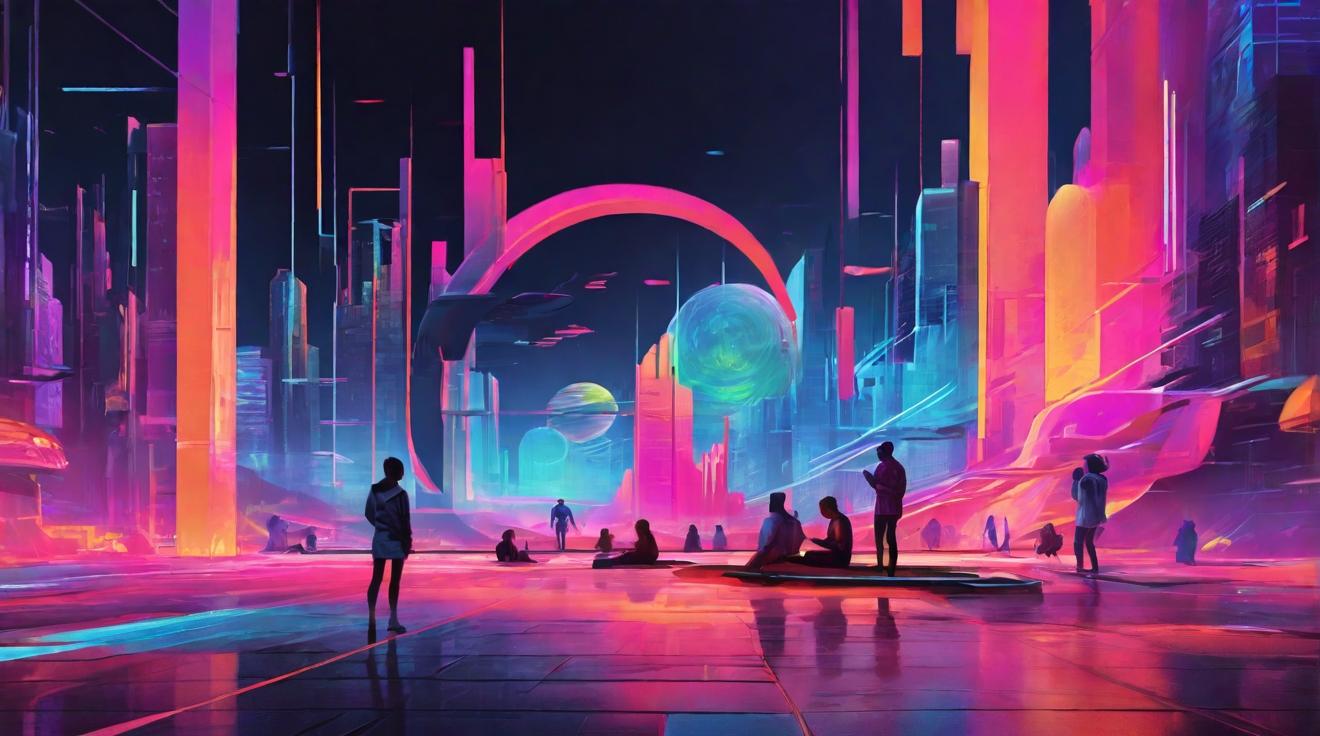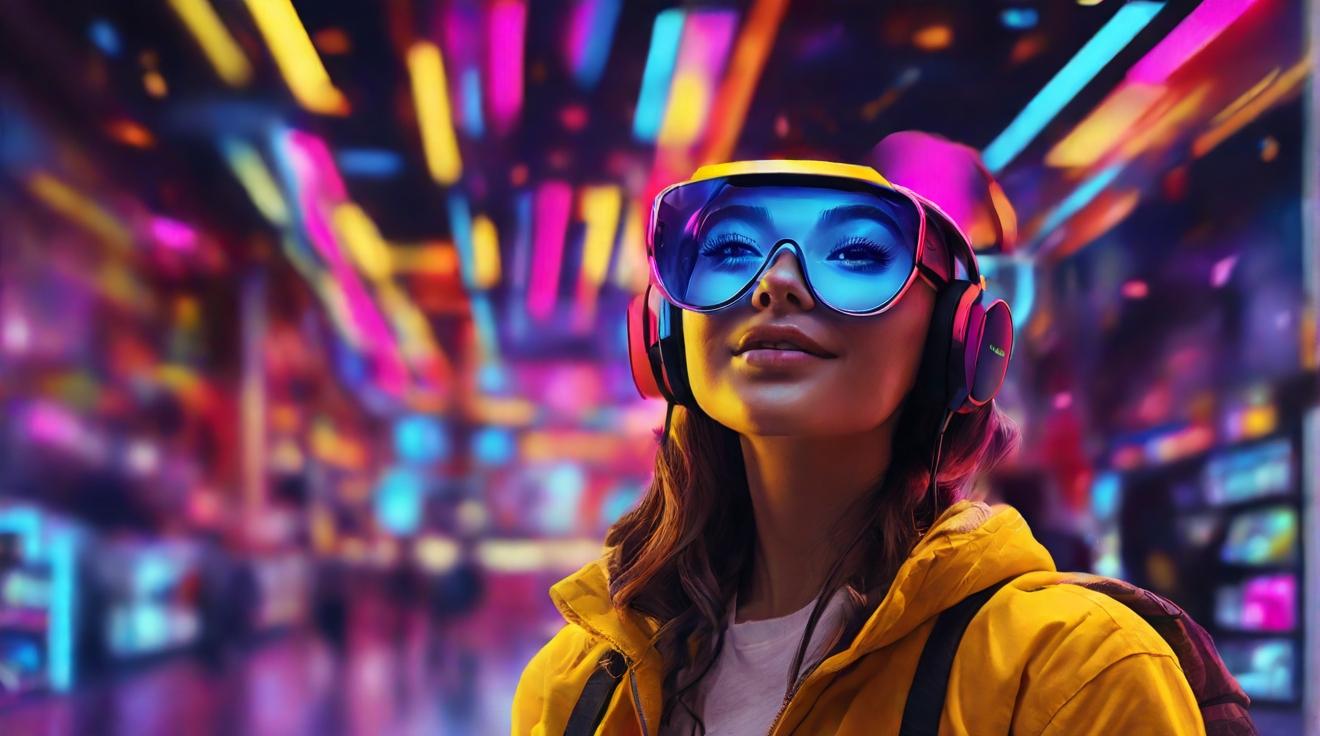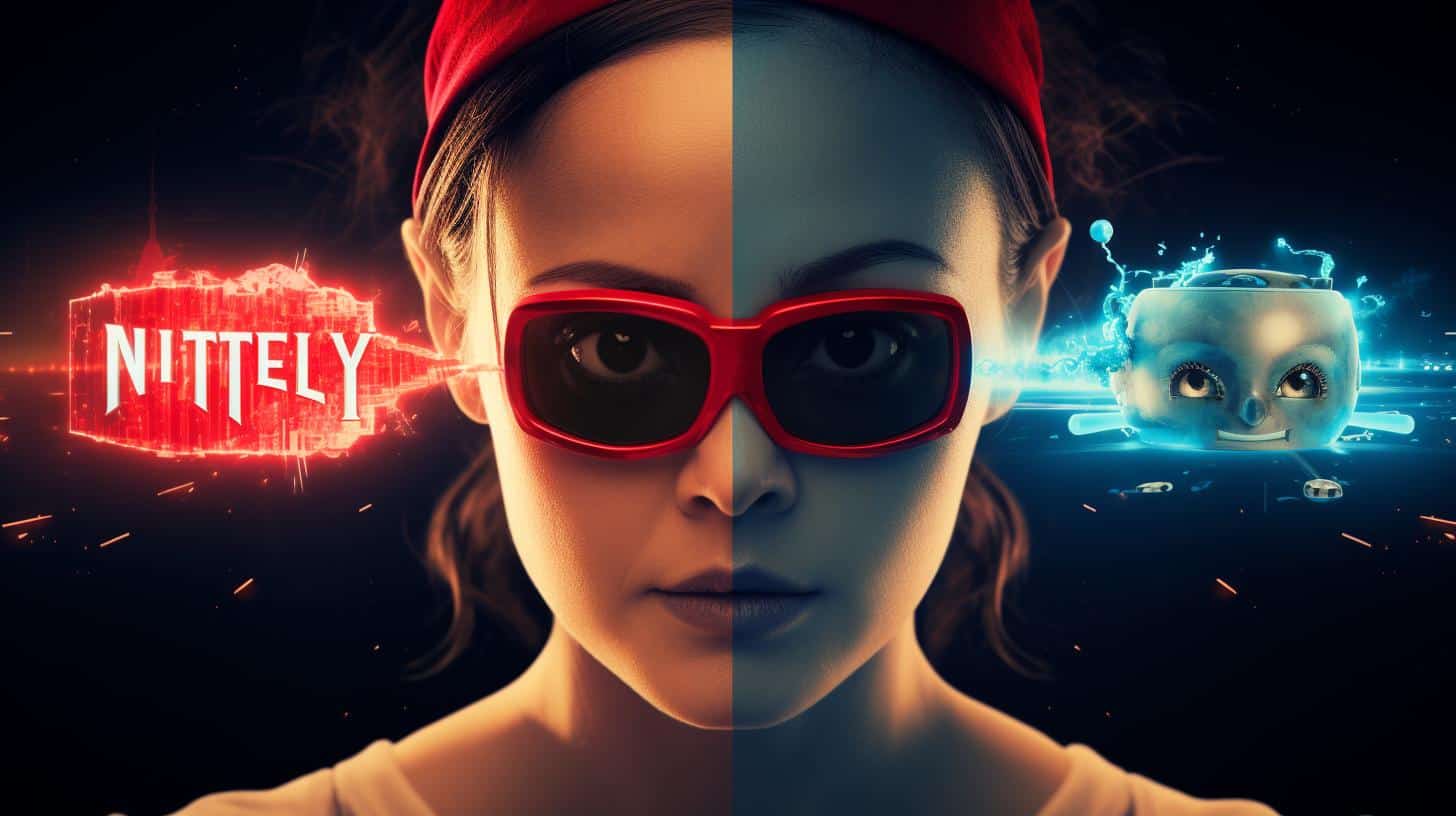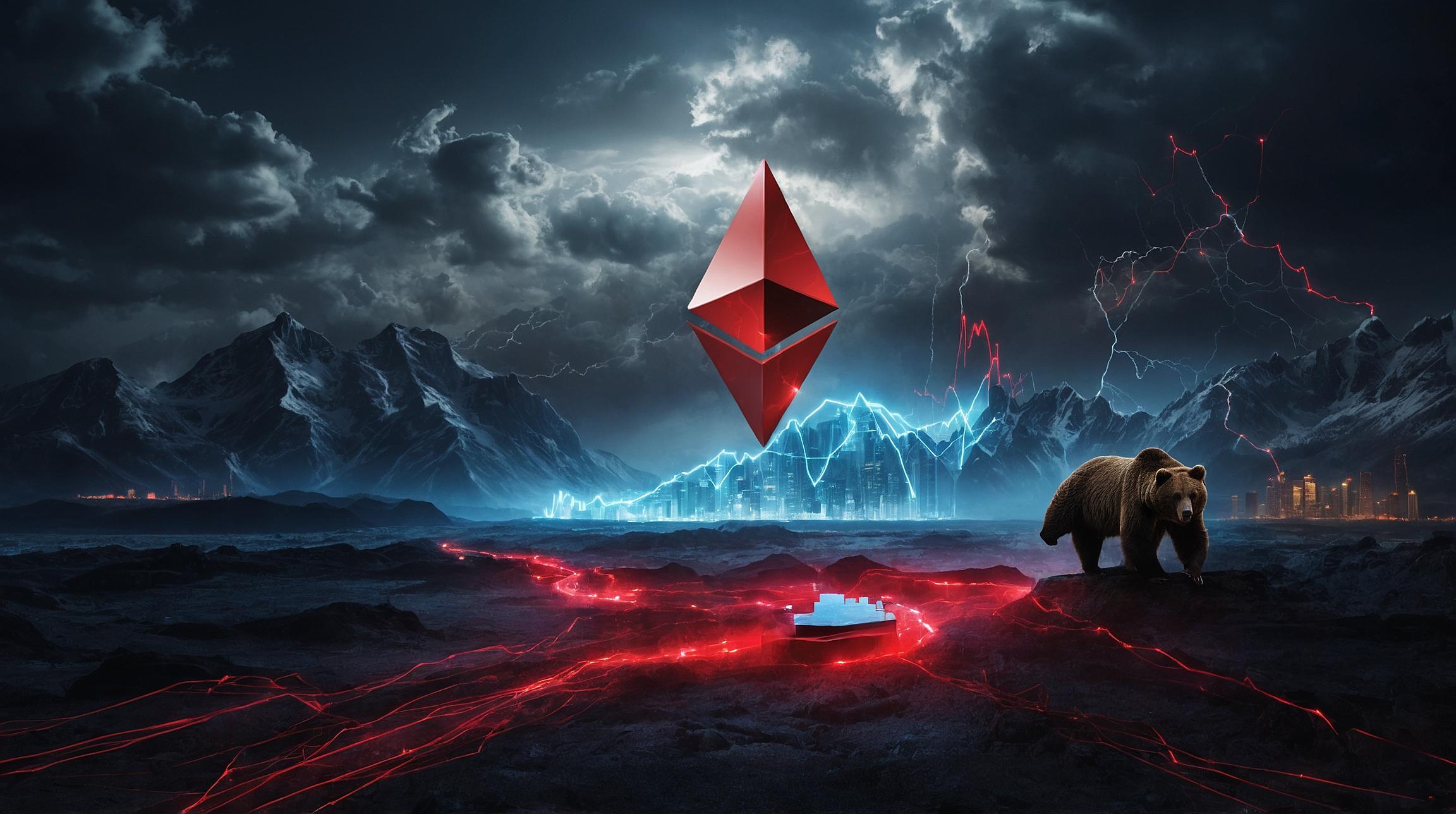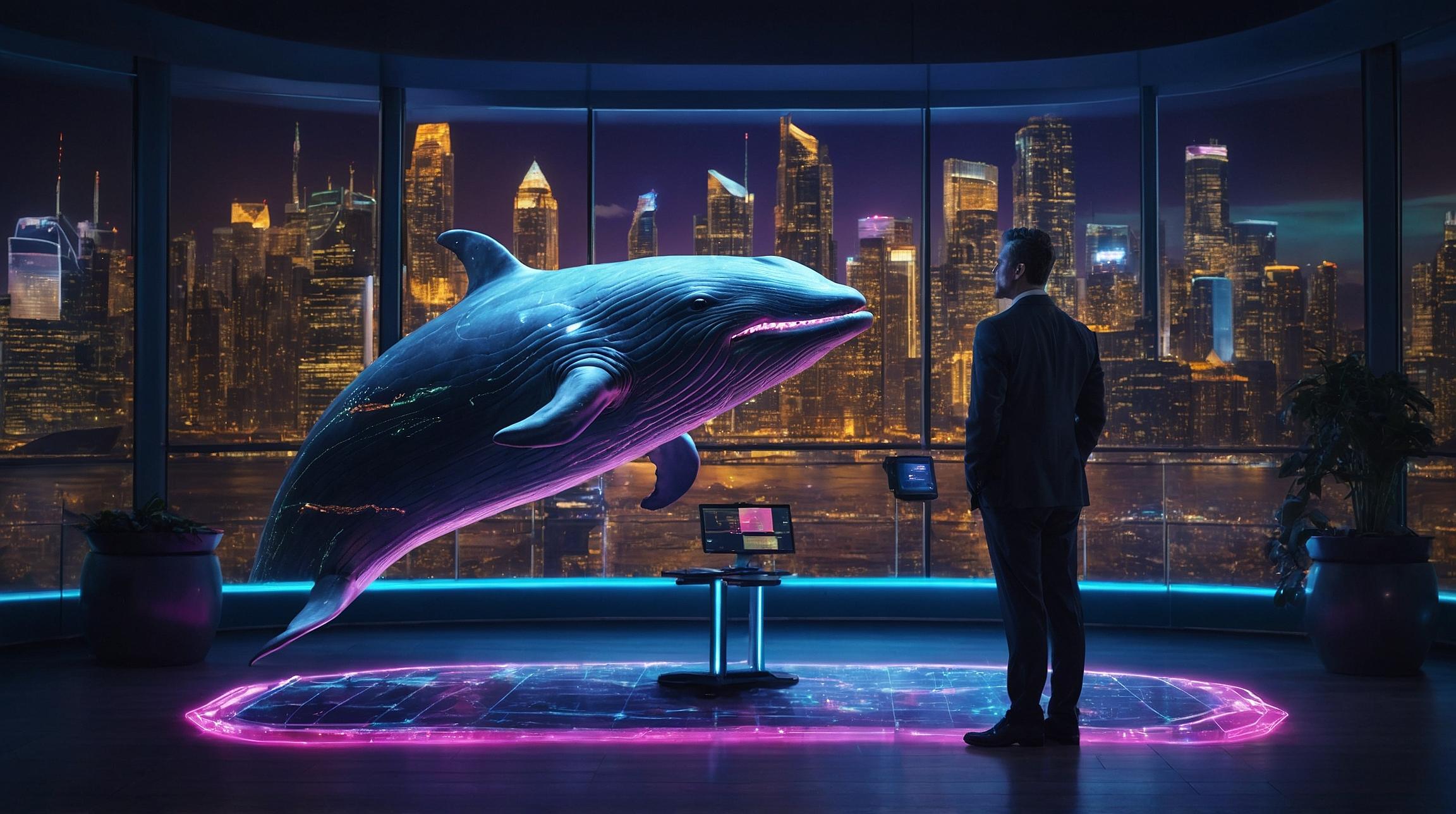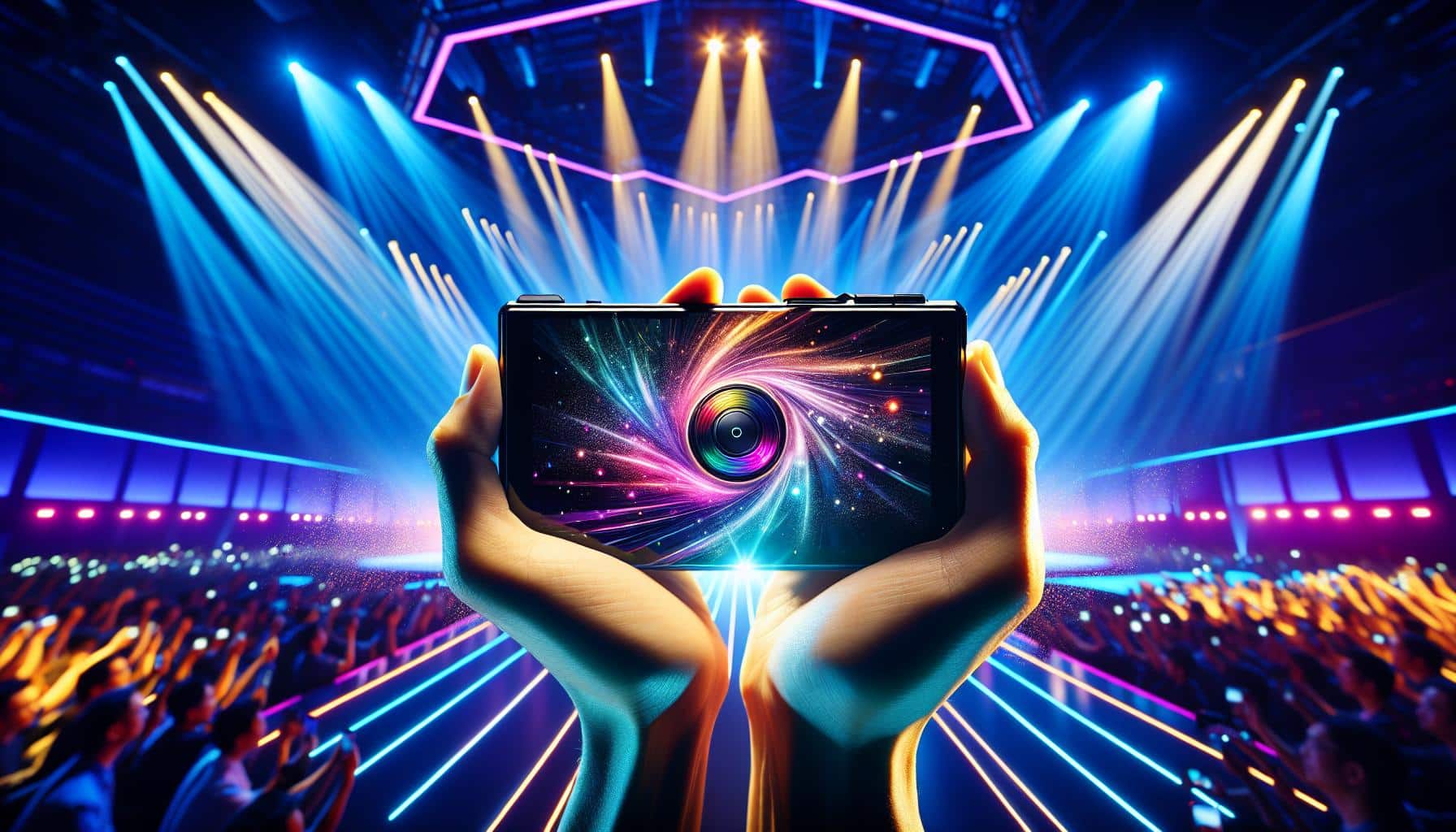Shijia Luo's "You, Through Me": A Glimpse into the Future of Virtual Reality and Human Connections
In a groundbreaking solo exhibition at the 4C Gallery in San Gabriel, Los Angeles, viewers are invited into a speculative future where virtual reality (VR) and human experiences interlace. Shijia Luo, a visionary multi-disciplinary visual artist, navigates the complex terrain of storytelling in the digital age with “You, Through Me”. The exhibition offers a profound narrative-driven VR experience that probes the boundaries of identity, technology, and interpersonal relationships.
Using the cutting-edge Meta Oculus Quest 3, Luo presents a multi-layered narrative spanning three integral scenes. This immersive journey starts in a character's apartment and transitions through AI-generated visuals into an auditorium where the story comes full circle. This innovative approach not only elevates VR storytelling but also enriches the viewer's experience.
Central to Luo’s exhibition are themes of advanced human-made technology and its impact on human relationships. Through extrapolating these themes, “You, Through Me” challenges viewers to ponder over the profound implications of technology on our social bonds and sense of self. By integrating artificial intelligence in her creative process, Luo blurs the lines between the creator and creation, offering a fresh perspective on narrative construction in VR.
The exhibition excels in offering a seamless blend of physical and virtual experiences, pushing the envelope of traditional storytelling mediums. It is characterized by minimal interaction, allowing viewers the autonomy to explore the narrative independently. This method conjures the essence of an immersive live drama, emphasizing organic discovery and personal interpretation.
One of the most arresting moments of the exhibition arises from the emotional turmoil within the narrative, showcasing Luo’s aptitude for conveying complex emotional landscapes through technological disruptions. This exemplifies the artist's nuanced exploration of the intersection between human emotion and technology.
In summary, “You, Through Me” by Shijia Luo stands as a seminal work that expands the horizons of virtual reality storytelling. Luo’s exhibition is a call to reflection on our evolving relationship with technology and its impact on our identities and connections. As VR technology progresses, exhibitions like “You, Through Me” advocate for a deeper understanding of the virtual and the real, urging us to reconsider our place in this intertwined reality.
Analyst comment
Positive news: Shijia Luo’s “You, Through Me” exhibition showcases groundbreaking virtual reality storytelling that explores the intersection of technology and human relationships. The exhibition offers a seamless blend of physical and virtual experiences, pushing the boundaries of traditional mediums. Market prediction: As VR technology advances, exhibitions like this will drive greater interest and demand for immersive experiences, leading to growth in the virtual reality market.





